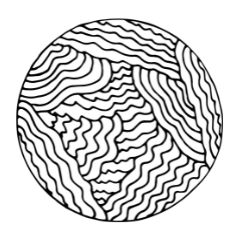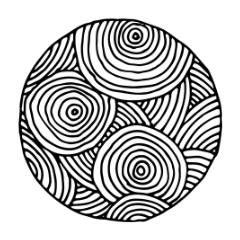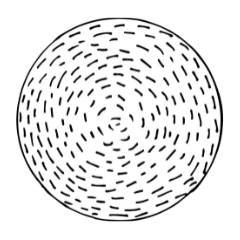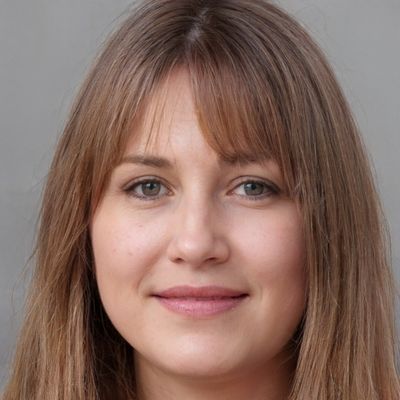נתרן כלוריד – שיטה חדשה למערכת חיסונית משולבת ? (מאמר שקודם להוכחה של חברת נפלאות המלח )
VIRAL INHIBITION BY SODIUM CHLORIDE: A NOVEL INNATE IMMUNE
MECHANISM?
S. Ramalingam1,2 S.J. Griffiths1, B. Cai1, J. Wong1, M. Twomey1, R. Chen1, & J.G. Haas1
1Division of Infection and Pathway Medicine, University of Edinburgh; 2Department of Laboratory Medicine, NHS Lothian, UK
Background:
Hypertonic saline is often used to treat sinusitis, bronchiolitis and sore throat. The clinical benefit is usually attributed to its mucolytic effect. Reports from the 1960’s suggest an antiviral effect. We investigated whether viral replication was inhibited in the presence of Sodium Chloride (NaCl) and other salts with enhanced green fluorescence protein (eGFP) labelled herpes simplex virus type 1 (HSV-1). On identifying viral inhibition in the presence of NaCl we attempted to understand the mechanism behind it and whether this effect was seen with other DNA and RNA viruses such as varicella zoster virus (VZV), respiratory syncytial virus (RSV), influenza virus A (IVA) and murine herpesvirus 68 (MHV-68).
Methods:
To determine if NaCl was inhibitory to virus replication, HeLa cells were infected with HSV-1-eGFP in the presence of NaCl at a range of concentrations. Replication was monitored by measuring fluorescence. The effect on other viruses (RSV, Influenza virus A, VZV, MHV-68) was investigated by infecting virus permissive cells, treating with a range of NaCl concentrations and quantifying virus replication by measuring fluorescence (RSV; VZV; MHV-68) or by quantitative RT-PCR (IVA).
To determine whether NaCl had a direct effect on the virus, HSV-1-eGFP was pre-incubated for 1 or 2 hours with different concentrations of NaCl before HeLa cells were infected. The cells were cultured in the presence of corresponding concentrations of NaCl and fluorescence measured.
To determine at what stage of the infection NaCl had an inhibitory effect on HSV-1-eGFP, NaCl was introduced during viral adsorption only, after viral adsorption and entry only, or both during and after vial adsorption and entry, and fluorescence measured.
To investigate if inhibitory effects are due to either sodium or chloride ions, inhibition of HSV-1-eGFP by NaCl (50 mM) was carried out in the presence of chloride or sodium channel blockers, and fluorescence measured.
To determine if HOCl was produced intracellularly, HSV-1 was cultured in HeLa cells in the presence of different concentrations of NaCl. HCSe, a fluorescent dye which binds specifically to hypochlorous acid (HOCl) was added 2, 4 and 6 hours post infection and fluorescence measured.
Results:
HSV-1, VZV, RSV, IVA and MHV-68 were inhibited in a dose-dependent manner in the presence of NaCl. Pre-adsorption experiments showed that inhibition was not a direct effect of NaCl on the virus. HSV-1 was only inhibited when NaCl was present during the replication phase and not during adsorption. Inhibition of HSV-1 was reversed by a chloride channel blocker, but not by sodium channel blockers. Within 6 hours post infection, there was significant increase in intracellular HOCl in HSV-1 infected cells in the presence of NaCl.
Conclusions:
Our results show NaCl inhibits replication of a range of viral groups in a dose-dependent manner. This inhibition is not a direct effect of NaCl on the virus, does not happen during viral adsorption, but happens during viral replication, suggesting an intracellular mechanism of inhibition. Inhibition is dependent on the entry of chloride ions and not the entry of sodium ions into cells. We also discovered evidence that intracellular HOCl production is induced early in viral replication. HOCl is produced by neutrophils as part of the oxidative burst response to bacteria. Our data shows HOCl can be produced in epithelial cells. We postulate that intracellular HOCl production could be an innate immune mechanism of epithelial cells to resist viral infections. Supplying NaCl locally could potentiate this mechanism, and help clear viral infections. This hypothesis forms the basis of ELVIS, a clinical study investigating the treatment of the common cold with hypertonic saline nasal irrigation and gargling (abstract submitted).










